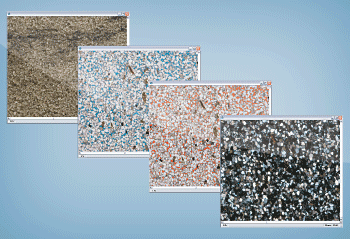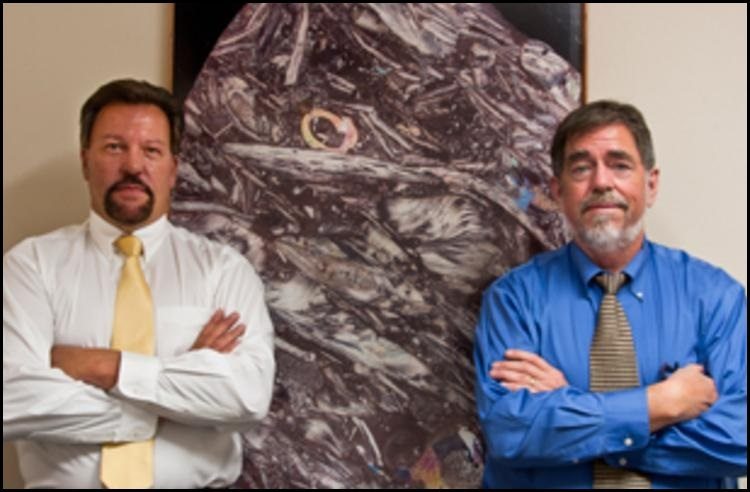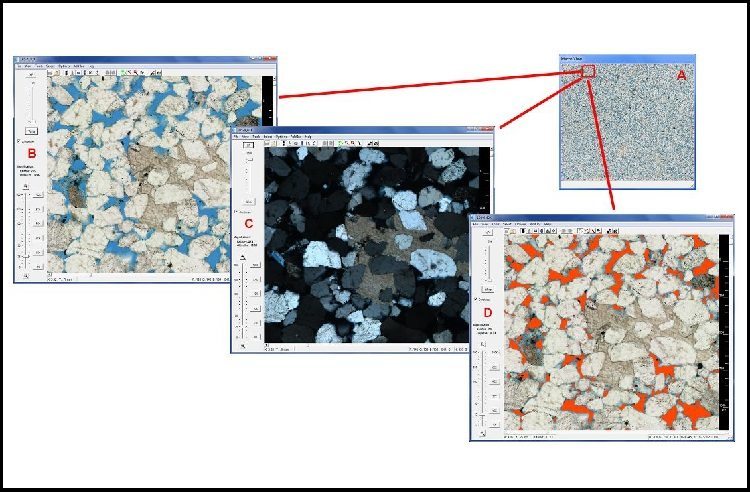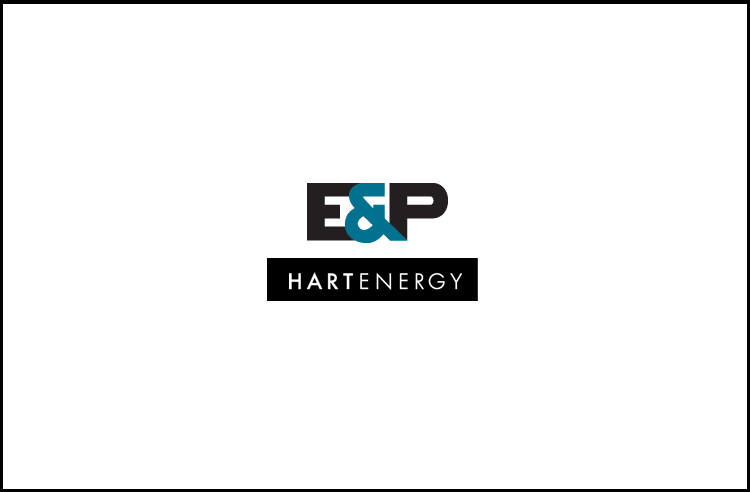Core Focus
Published: Friday, 01 June 2012
Author: Lynda Harrison
Whenever geologists describe core samples, no matter where in the world it is, they take along a hand-held magnifying glass (known as a 10x hand lens), a pad of paper for taking notes and a variety of measurement tools such as rulers and protractors.
They must travel to the core, and can spend days bent over core barrels in a “layout room” peering through the hand lens while taking descriptive notes. The process is arduous and can be dangerous. But a Houston, Texas-based company’s CORSystem software and TenEx imagery now enables reservoir geologists to describe core from the home or office using a laptop computer.
 Established in 2005, PetroArc International provides high-resolution imaging and software for core, sidewalls/plugs, thin sections and cuttings. While the industry-standard high-resolution imaging is 300 dots per inch (dpi), PetroArc’s resolution levels range from 1,360 dpi up to 11,000 dpi. Its equipment and technicians can be dispatched right to the drill site, anywhere in the world there is electricity.
Established in 2005, PetroArc International provides high-resolution imaging and software for core, sidewalls/plugs, thin sections and cuttings. While the industry-standard high-resolution imaging is 300 dots per inch (dpi), PetroArc’s resolution levels range from 1,360 dpi up to 11,000 dpi. Its equipment and technicians can be dispatched right to the drill site, anywhere in the world there is electricity.
“It’s one thing to have a picture to look at—our pictures are designed to do work,” says Christopher Prince, PetroArc president.
CORSystem was designed to manage all of the data associated with core: well logs, lab data, reports, etc. It comes bundled with three virtual microscopes: a virtual hand lens for core, a reflected-light microscope for plugs and well cuttings, and a petrographic microscope for thin sections.
Each has a suite of descriptive tools designed for the task. For example, the virtual hand lens contains all of the tools one would take to a core layout room: a ruler, a protractor, grain-size comparator cards, as well as more exotic tools like the “grain-size wand” for measuring grain size.
It has productivity tools built in as well.
With the click of a button, the snapshot tool takes photos for incorporation into a report or presentation. “Any measurement is automatically transcribed to a Microsoft Excel sheet that you can pop up any old time you want,” says Nelson Heskett, vice-president.
Heskett handles the company’s business side while its president, Prince, is in charge of all the technical aspects such as developing and updating the software.
The system also allows the user to look at the entire core at once and display all of the logs associated with the core including the core gamma log, any available image logs or wireline logs.
“It’s the best thing that is available. There’s no question about it,” says a senior researcher at a major international U.S. oil company, who declined to be identified for competitive purposes.
He and his company have been using PetroArc’s high-resolution imaging and software to digitize reservoir rock samples for a couple of years, about a half dozen times. His company creates microscope slides or thin sections of rock samples and has PetroArc digitize them.
“There are other products out there that on the surface are similar or have similar approaches, but they don’t come close in terms of the results, either digitally or just physically looking at the images they produce,” he says. “Their high-resolution digital images of the samples are just absolutely remarkable, and everyone who sees them is just blown away by the resolution. It’s overwhelming at times.”
PetroArc’s high-resolution imagery has been used in the United States’ Barnett and Haynesville shale plays, the Gulf of Mexico, Asia and Africa, and now the company aims to expand operations into Canada.
“With their digital data, they can in an instant quantify just about anything…grain size, grain shape, distribution, mineral composition, porosity, all those things we look for,” says the researcher, who has been looking at samples for more than 30 years.
He’s not yet sure if PetroArc has helped his company find hydrocarbons because it can take years to go from sampling wells to engineered validations, he says. “But what
He says the software is straightforward and very easy to use. “You can just sit down and go to work with virtually no training of any kind. It’s very user-friendly.”
Both Prince and Heskett are very easy to work with, he adds. “They’re very accommodating and innovative in their approaches. They will try to modify their approach, write new software or modify their existing software to try to meet our needs.”
In addition to software, PetroArc also provides services. “We can do pay logs from core images that are much more accurate than those derived from well logs,” says Heskett.
The problem with well logs is they have very poor resolution, he says. If a bed is less than a foot thick, it won’t be sensed by the well log, and there are a lot of places in today’s wells that are very thin bedded—contiguous but thin—so they are not sensed by the well logs.
The company can also do grain-size logs with its grain-size wand to estimate permeability, and Prince has published several scientific papers on assessing permeability using these images.
CONTACT FOR MORE INFORMATION
Nelson Heskett
PetroArc International
Tel. 281-444-1125
Email: [email protected]





